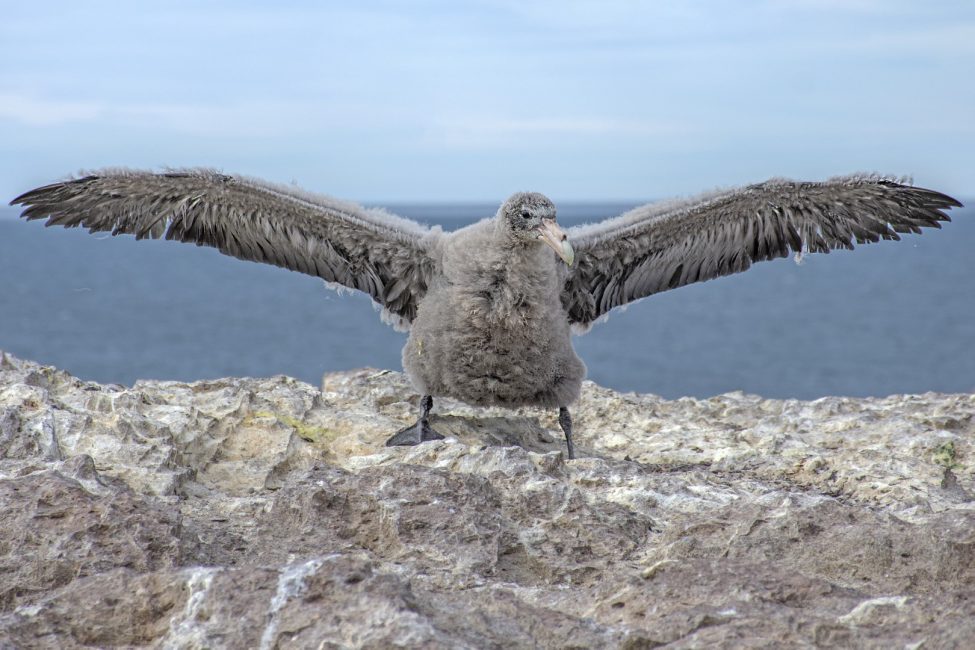
May 17, 2023
Growing Up Giant
- as seen by -
 Martin Brogger
@tinchobrogger
Martin Brogger
@tinchobrogger The southern giant petrel (Macronectes giganteus) is a large seabird found in the Southern Hemisphere. As one of the biggest birds in the petrel family, they can grow up to 35 inches in length and have a wingspan of about 79 inches. Petrels are opportunistic predators and scavengers, feeding on a variety of prey. They are also known to follow fishing ships looking for any waste, both from the net and from the ship itself.
Southern giant petrels breed mainly on sub-Antarctic islands and the Antarctic continent, but they are also known for breeding in some small rocky islands of Patagonia (Argentina). Male and female southern giant petrels mate for life and share parental responsibilities. They typically lay one egg per breeding season, which is incubated by both parents for around 60 days. Both parents take turns incubating the eggs and feeding the chicks after they hatch.
Juveniles take their first flight after molting, which is the process of replacing old feathers with new ones. Before that happens, juvenile seabirds spend a lot of time exercising their wings and strengthening their muscles by flapping and jumping around. Sometimes they stand against the coming wind and spread their wings as if simulating an imaginary flight in their heads. Once the young birds are strong enough, they will take off.
Southern giant petrels were considered a vulnerable species due to a number of threats, including habitat destruction, pollution, and climate change. They are currently listed as least concern species by the IUCN Red List of Threatened Species, and conservation efforts are focused on protecting breeding colonies, lowering human disturbance, and reducing the impact of commercial fishing on their food sources.
Nikon D7200
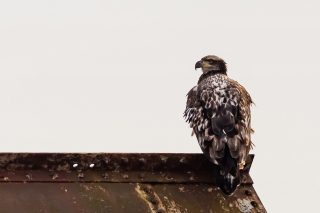
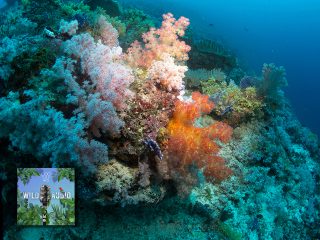
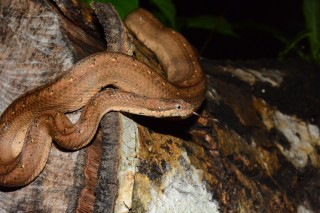
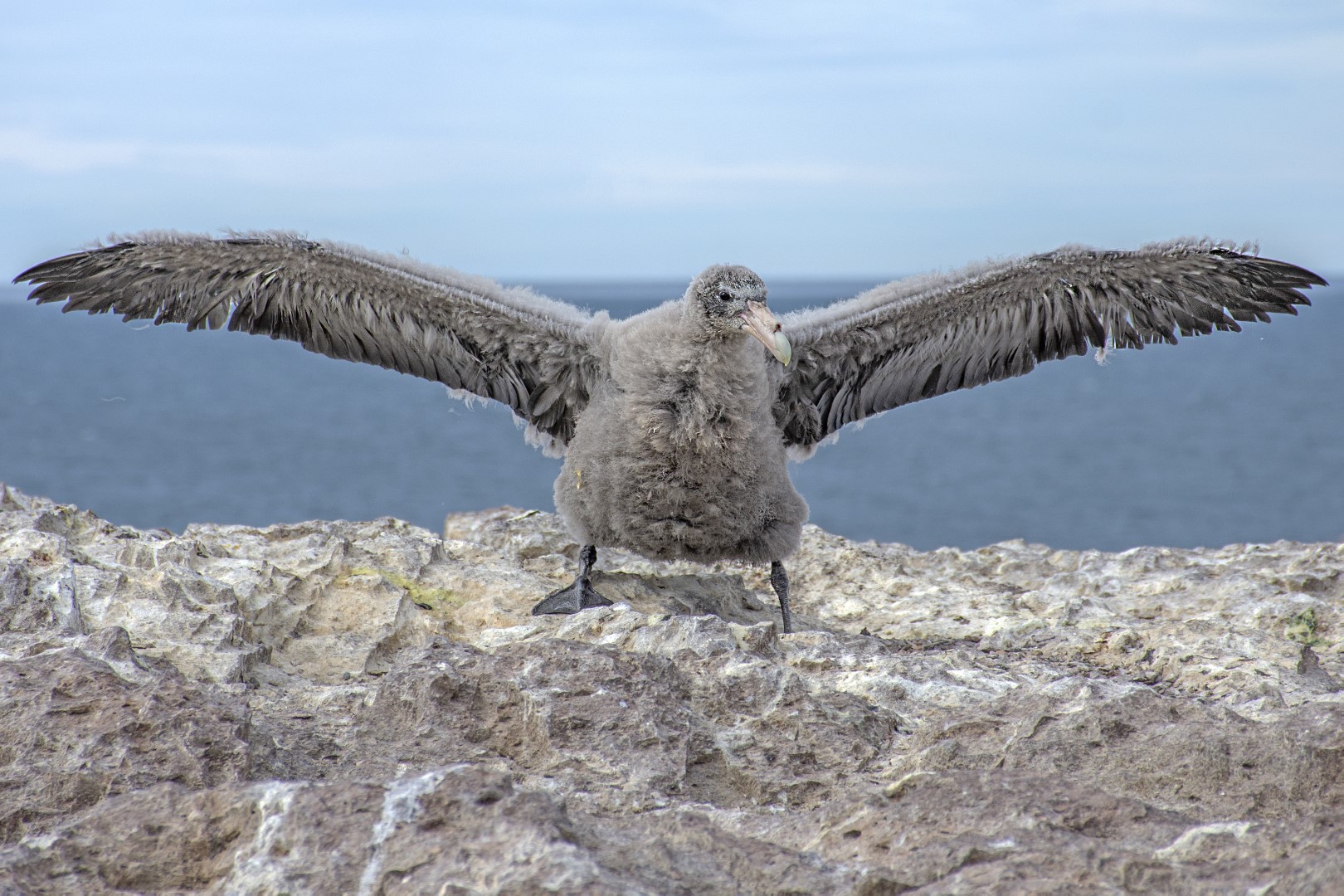
Leave a Comment
joanna.sambell87@gmail.com
November 28, 2023 at 6:19 pm
To the wcs.org owner, Good to see your posts!